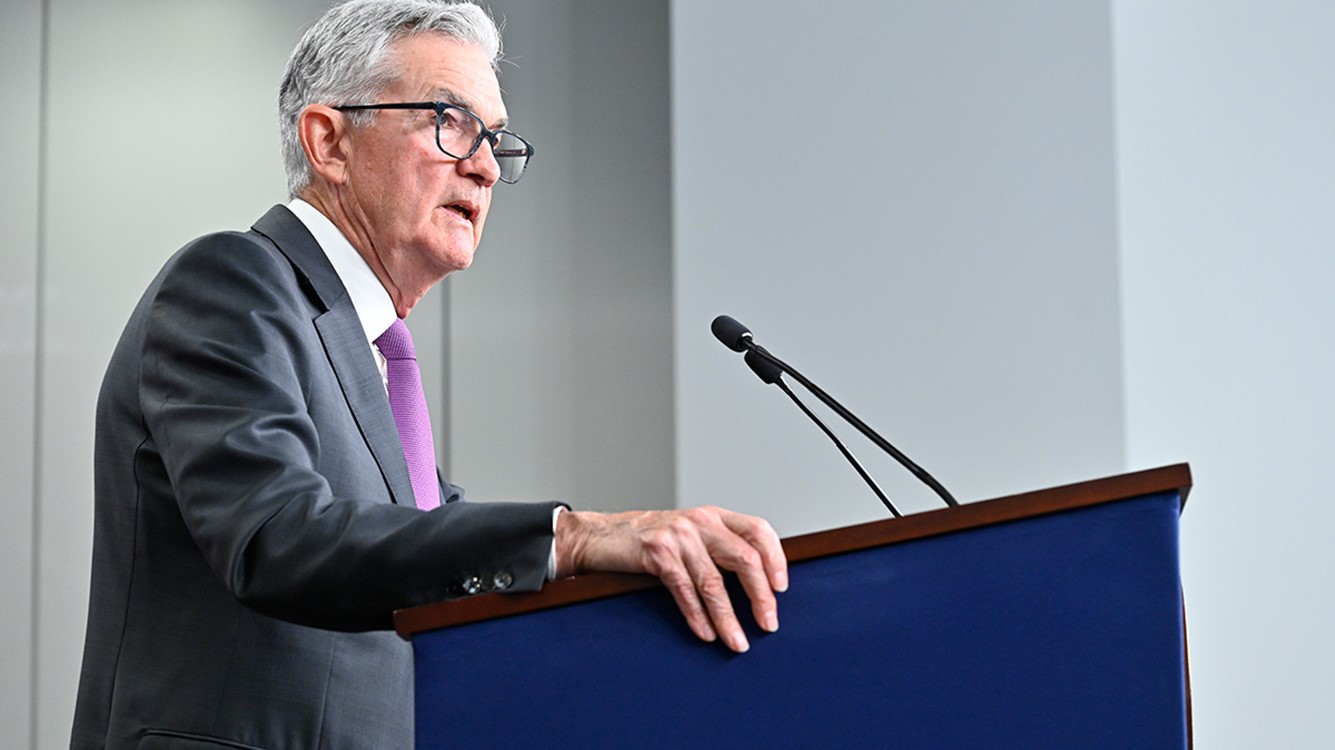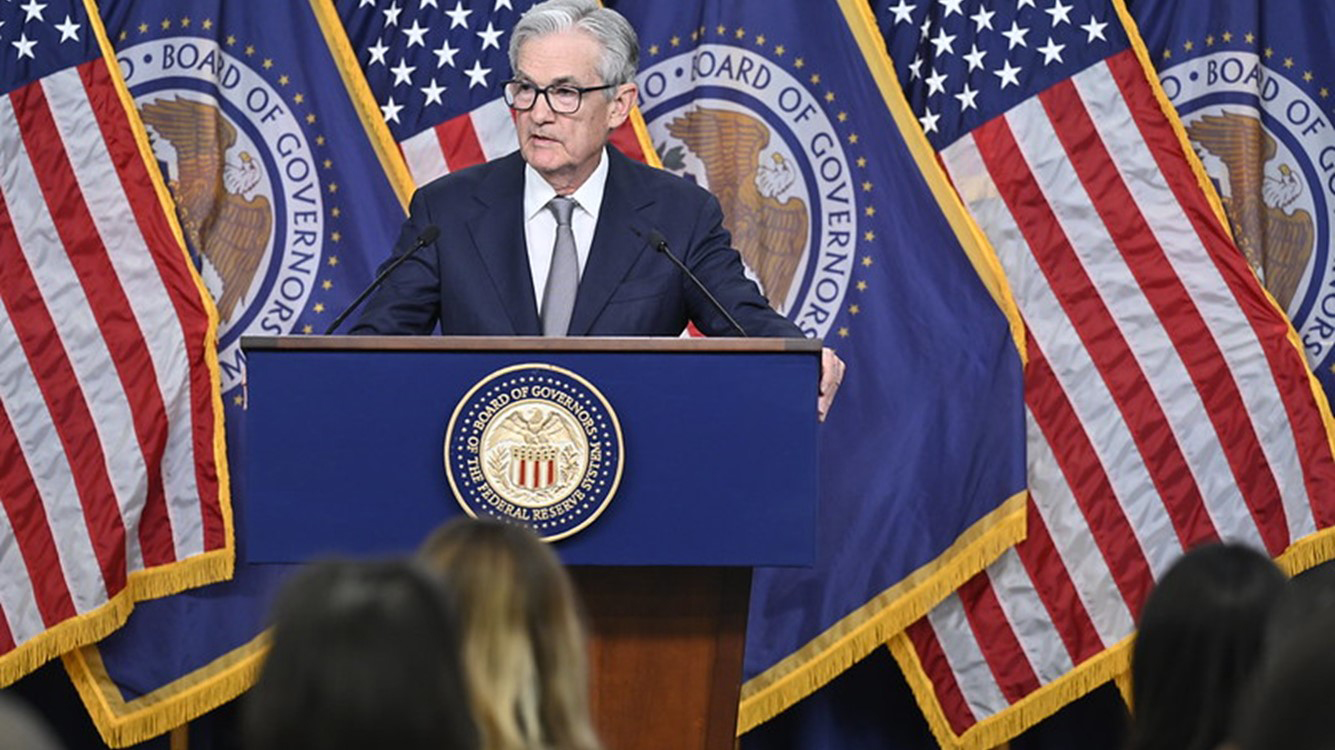A hawkish hold
The Fed is “not declaring victory at this point."

January 31, 2024
The Federal Open Market Committee (FOMC) – the policy setting arm of the Federal Reserve – voted unanimously to hold rates at their current 5.25% to 5.5% target range. The statement following the meeting removed the bias to raise rates again but would not commit to a rate cut. Chairman Jay Powell all but took a March cut in rates off the table, saying he did “not think it was likely that the committee would reach that level of confidence” by then. Much to the chagrin of financial markets, he emphasized that “March is not the most likely case, or the base case.”
The Fed added a line to the statement, which underscored their patience on rate cuts. It said that the Fed needed to gain “greater confidence that inflation is moving toward two percent,” before cutting rates. The risks of over and under-tightening are now roughly balanced. However, the Fed is still hedging against committing the cardinal sin of central banking – to cut rates only to see the progress on inflation stall or worse, reverse course. It can afford to wait given the extraordinary strength the economy has shown.
Powell was careful to frame the possibility of rate cuts as “dialing back policy restraint,” not easing. That is an important distinction as the financial markets are accustomed to the Fed cutting rates aggressively to stimulate the economy. The focus is still on the labor market. Powell argued that the labor market is at or nearing normal, but not quite to normal. Job openings are still elevated, while wages are still running above a level consistent with the Fed’s 2% target.
What does the Fed need to see to cut rates? The Fed wants more “good data,” notably on inflation and wages. The goal is to enable consumers to regain what was lost to inflation and then some, with inflation cooling more rapidly than wages.
Powell laid out the Fed’s concerns. The fear is that much of the deceleration in inflation last year was due to one-offs. If goods prices stop falling, then we will need to see more progress on service sector inflation to get inflation back to its 2% target and to stay there.
Powell was careful to delineate between the good news on inflation measures on a three- and six-month annualized basis, which have already reached 2%, and the Fed target, which is a 2% year-over-year read on inflation. We have consistently argued that the Fed wants to see inflation move consistently below 3% on a year-over-year basis before cutting. Powell essentially confirmed that today. We have only seen one month of core PCE (excluding food and energy) inflation below that threshold; it slipped to 2.9% in December.
When asked about the surge in productivity that we have seen, Powell was cautious not to extrapolate those gains into the future. He argued that it was more reflective of the economy normalizing after the pandemic than a paradigm shift. He noted that the productivity growth from generative AI were still more of medium to long-term event for the economy.
What would prompt the Fed to cut more aggressively? A weaker labor market or a more pervasive bout of disinflation.
The decisions on reductions in the Fed’s balance sheet, or what is known as quantitative tightening (QT), remain independent from decisions on rate cuts. A review of the balance sheet was on the agenda for the March meeting. The Fed is expected to taper the pace at which its Treasury bond portfolio shrinks in the second half of the year. Liquidity in the Treasury bond market is still below pre-pandemic levels. The Fed would prefer to reduce its balance sheet at a slower pace over a longer period. The Fed is expected to conclude its balance sheet runoff in mid-2025.
However, the Fed is not expected to resume large-scale asset purchases any time soon. That shift in policy from the 2010s, coupled with widening federal budget deficits, is expected to create a higher floor for long-term Treasury bond yields.
The Fed wants more “good data,” notably on inflation and wages.
Diane Swonk, KPMG Chief Economist
Bottom Line
Powell was clear. The Fed is “not declaring victory at this point.” He was also reluctant to say a soft landing was ensured, but he was clearly pleased with how well the economy has weathered rate hikes. The Fed is still hedging against cutting too soon, even though it sees the risks of over and under-tightening as more balanced. The strength we have seen in the economy has given them that latitude. We still expect the first rate cut to occur in May and a total of four cuts this year. That is still more than the Fed penciled in at the December meeting.
Explore more

The Fed is done!
The bias is now to cut rates sooner than later.

KPMG Economics
A source for unbiased economic intelligence to help improve strategic decision-making.

How high for how long? Getting into the Fed’s head
The Federal Reserve is data dependent.
Meet our team

Subscribe to insights from KPMG Economics
KPMG Economics distributes a wide selection of insight and analysis to help businesses make informed decisions.
